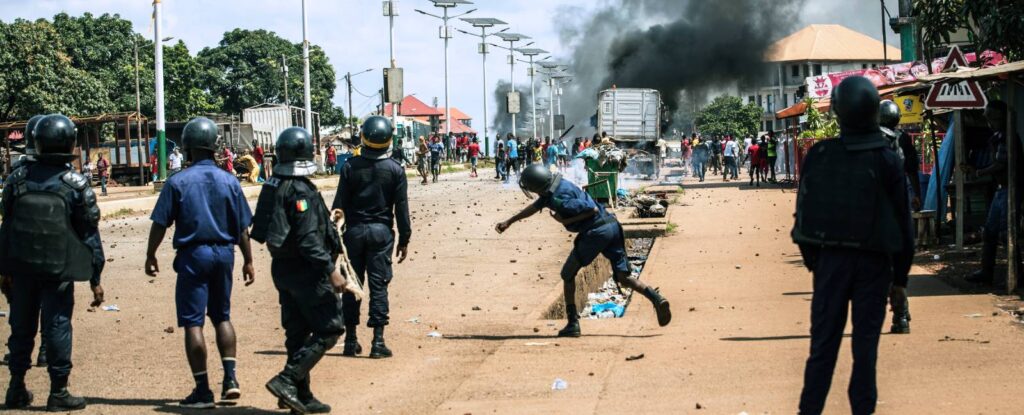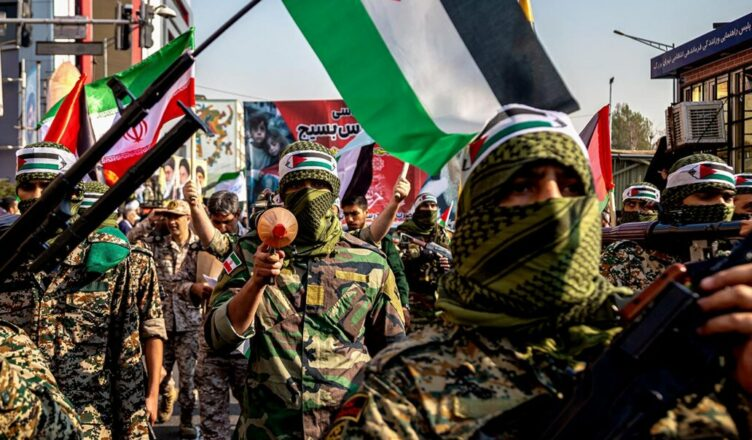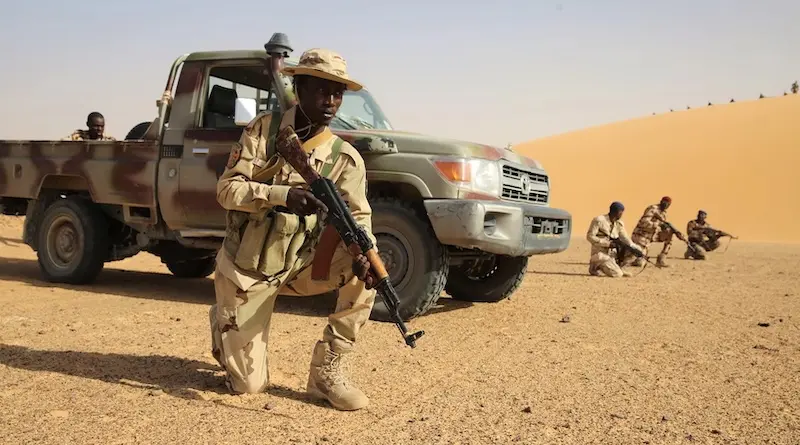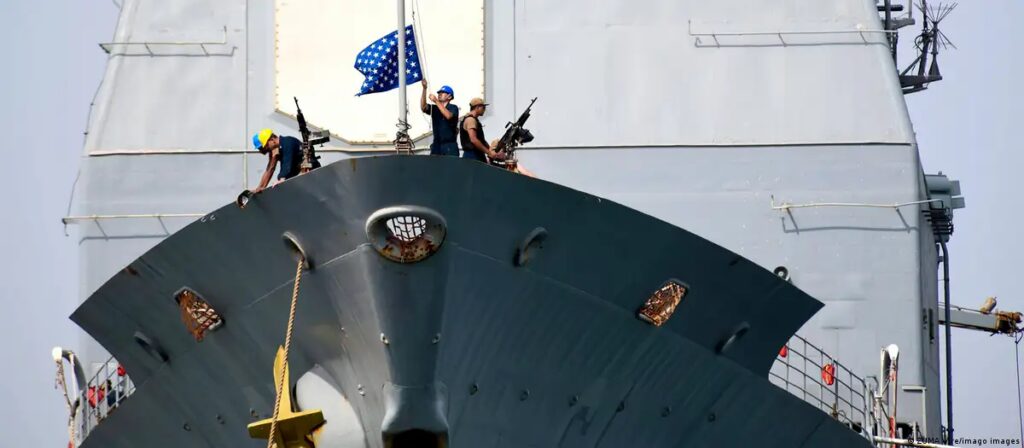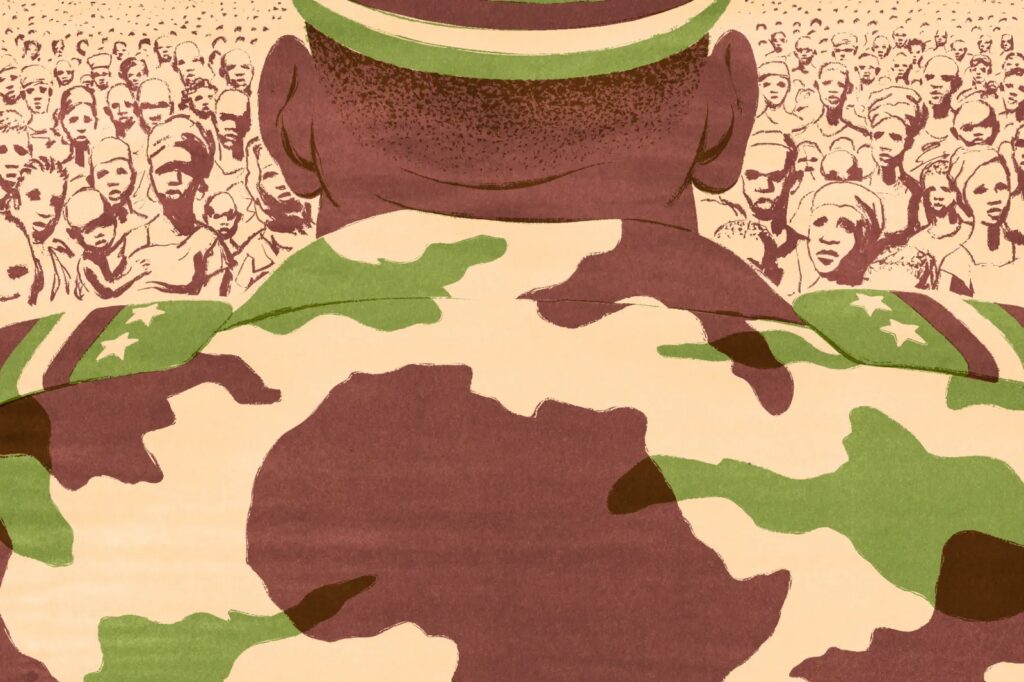Mapping Disinformation in Africa
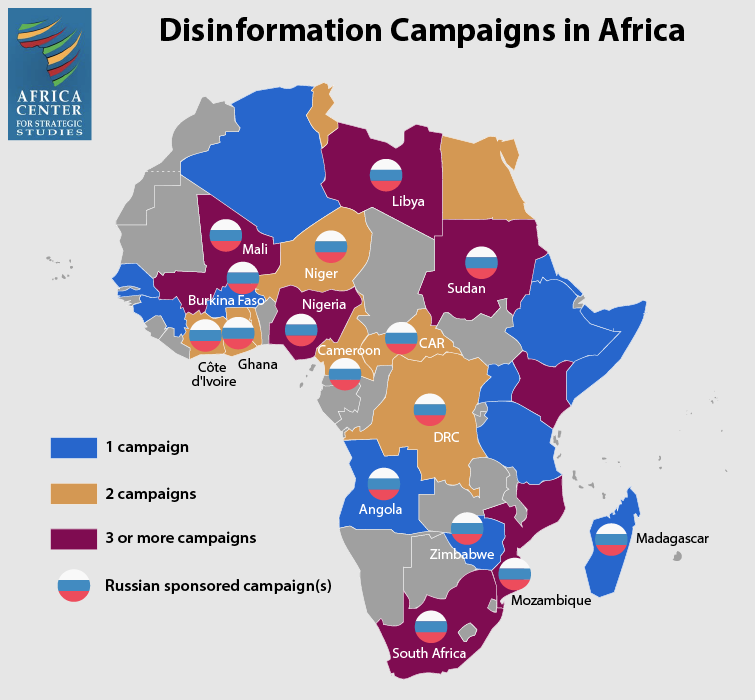
Russia has pioneered a model of disinformation to gain political influence in Africa that is now being replicated by other actors across the continent.
Disinformation is the intentional dissemination of false information with the intent of advancing a political objective. Africa has been the increasingly frequent target of such campaigns. In recent years, dozens of carefully designed campaigns have pumped millions of intentionally false and misleading posts into Africa’s online social spaces. The ensuing confusion in deciphering fact from fiction has had a corrosive effect on social trust, critical thinking, and citizens’ ability to engage in politics fairly—the lifeblood of a functioning democracy.

